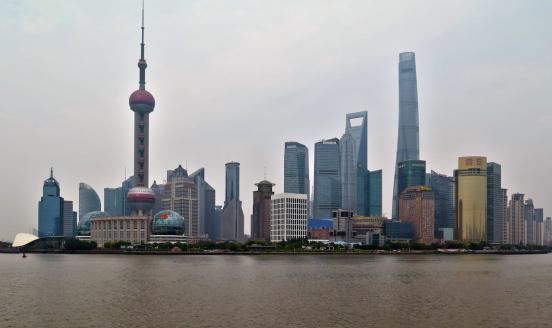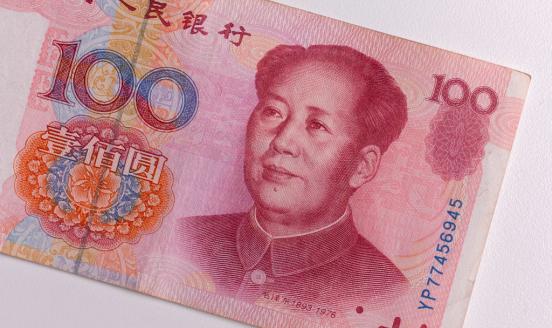China needs to set its services free
China enjoyed a growth rate of more than 10 per cent from 2000 to 2010. But its economy is now in trouble.
China enjoyed a growth rate of more than 10 per cent from 2000 to 2010. But its economy is now in trouble.
Monday’s official announcement that growth slowed to 7.7 per cent in the first quarter of the year is a sign that the era of double-digit expansion is over. The potential for infrastructure investment has contracted, returns on assets have fallen, export growth is slowing and overcapacity has soared. The old engine of growth is spluttering.
Furthermore, China has suffered from the global slowdown that followed the US financial crisis and the debt crisis in Europe. It is now a factory that is too big for the world market. Since 2009, the contribution of net exports to growth in gross domestic product has turned from significantly positive to negative – a telling development.
In other words, China is staring at the “middle-income trap”: the tendency for countries to stop growing quickly once they reach a certain level of annual income. Although optimists suggest China has a way to go before it falls into the trap, this is not convincing. A new source of growth is needed.
What could this be? The answer is the service sector.
China has a peculiar industry structure. The proportion of the country’s potential economic capacity that is in use has declined from about 80 per cent before 2008 to about 60 per cent in 2012, according to the International Monetary Fund. Despite this, the service sector lacks investment, and is therefore short of both capital and labour. Finance, education and healthcare suffer from monopolies and regulations, which lead to supply constraints and high prices. These constraints also contribute to several important structural problems.
First, most factories are short of workers, even migrant workers, and wages have increased more than 10 per cent per annum for many years. At the same time, it is difficult for university graduates to find work, and their salaries have not risen so quickly.
To understand why, look at the inhibited services industry. Employment here represents only 34 per cent of the total workforce, compared with 60 per cent in Malaysia and 81 per cent in the US. Based on where China is on the typical development path, one would expect the service sector to account for about half of today’s jobs. The deficit is particularly apparent in healthcare, finance and education.
Second, consumption as a share of GDP fell from more than 60 per cent to less than 50 per cent between 2000 and 2010. The shortage in the supply of services inhibits consumption. Again, medical treatment, education and financial services are difficult to obtain and expensive – a hot topic of conversation for many Chinese.
Third, the distortion in services has consequences for trade. Manufacturing is highly tradable and capital-intensive. Services are less so. Therefore the former’s dominance contributes to international imbalances and the domestic imbalance between capital and labour. It may also lead to greater inequality, as these high returns to capital lead inevitably to the gains accruing to the few with investments.
In the short term, the high levels of fixed-asset investment (that is, investment in long-term physical assets such as property) could be redirected towards investment in services. This would relieve the shock of currently falling investment levels. Indeed, given the supply constraints, returns on investment could even be higher in services than they have been in industry.
In the long run, the development of services could finally produce enough supply to match the demand of domestic consumers. Structural unemployment among graduates would decrease; their wages would increase; national income distribution could be made fairer; and consumption in innovative services could be fuelled. Reliance on investment and foreign demand could also become less important.
The distortions I describe have not emerged just as concern about China’s growth statistics intensifies – they have been in place for at least a decade, and it will not be possible to remove them overnight. But they are the new government’s big economic challenge. China’s ability to leap over the middle-income trap depends on reform of the services sector.
This article was originally published by the Financial Times.



